Chai Style Art: The ‘Blessing’ of a Dual Artisan
Maggie Glezer’s world is of the fragrance of fresh bread, the radiance of jewels, and the character of a 1924 house.
After 37 years with the Atlanta Journal-Constitution and now with the AJT, , Jaffe’s focus is lifestyle, art, dining, fashion, and community events with emphasis on Jewish movers and shakers.
If Julia Child came back as a young Wisconsonite, Atlanta’s own Maggie Glezer would steal the show. Different from today’s pop culture TV celebs with 15 minutes of oven time, Glezer is the consummate professional honing her award-winning craft, adding soul to the Jewish baking traditions that we hold so dearly — stemming from family recipes, exotic cultures, and travels.
In addition to winning two James Beard Awards for her baking books, Glezer is an artisan jeweler who selects just the right brilliance, shapes, and hues for her creations.
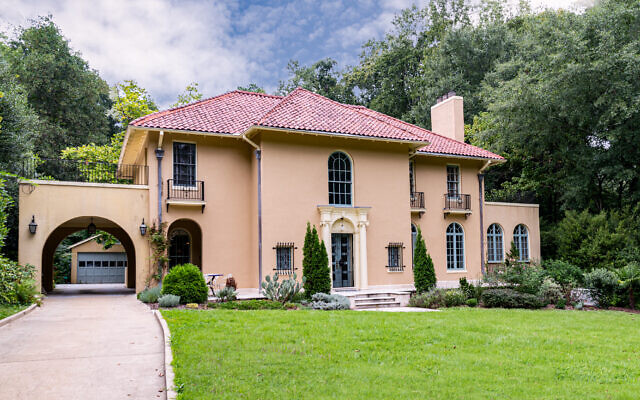
She elaborated, “My jewelry is casual, comfortable, and functional, yet born of great passion and tenaciousness. I want to create talismans and keepsakes for everyday wear.”
Then changing to her author/baker hat, she relayed, “It would be the work of a lifetime to fill the entire panorama of Jewish breads in my book, ‘A Blessing of Bread: Recipes and Rituals, Memories and Mitzvahs.’ Instead, I spoke to and baked with people from every background I could source and listened to their life stories…many bake by eye and feel; thus, I was inspired to document them as recipes to do at home…after all, how divine and unifying is our Hamotzi and what fragrances and meaning might follow?”
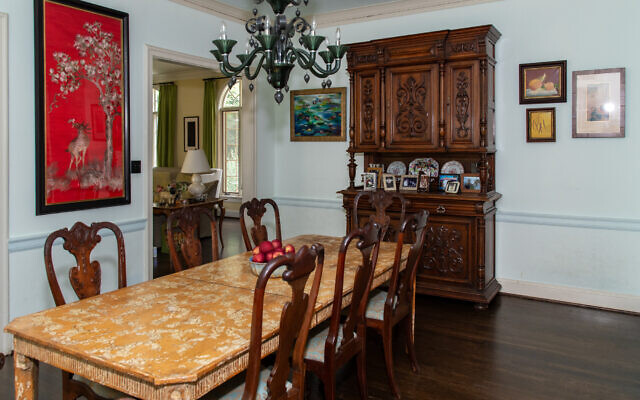
One of the recipients of Glezer’s bounty is husband, and Georgia Tech professor, Ari Glezer, Chair of the George W. Woodruff School of Engineering and specializing in thermal systems.
Rise with Maggie as she blesses tables across the world with her recipes and stories.
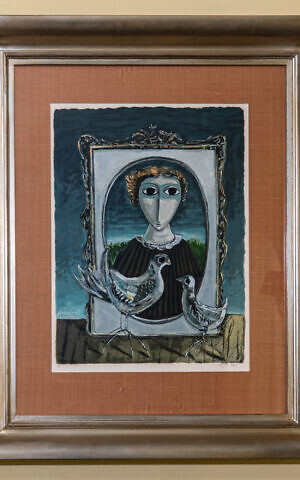
Jaffe: Explain the history of your house.
Glezer: Built in a classic Mediterranean style in 1924, we are soon going into a major renovation. We enjoy the green space out back, and I use the lower level for my jewelry design/workshop. Some of the original touches, like the harlequin black and white tile floor and the fountain in the solarium, keep the character of the house intact.
Jaffe: How would you describe the art here you have collected?
Glezer: I’m not too fussy about what is precious. My favorite piece is my daughter Leia’s painting in the dining room, “Lily Pads,” and all go with my grandmother’s vermeil clock, a compelling Israeli AP “Dove,” fertility African art…and for fun, Leia’s hamburger creation and an original Victorian phonograph. We think the scarlet Chinese embroidery in the dining room adds drama alongside Ben Smith’s sketches. The dining table is distressed wood. The velum storage unit, by designer Margie Kelly, is quite unique.
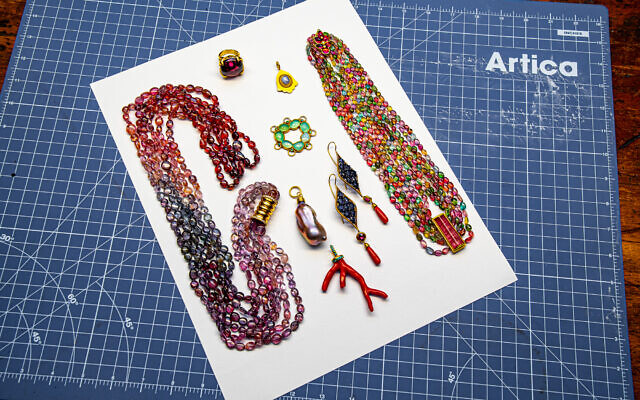
Jaffe: From where does your baking passion stem?
Glezer: As a child I knew I would be some kind of artisan. My first food interview was with my Russian great-grandmother, famous for her gefilte fish, sour cherry apple strudel, and black walnut cake. I wanted to document and make usable recipes, adopting Jewish journeys and love of foreign foods into our legacy.
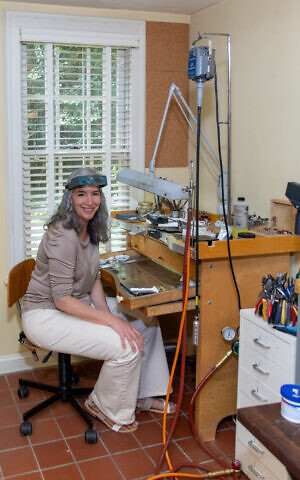
Jaffe: Explain the concepts of your books. How does one win a James Beard Award?
Glezer: My second book, “A Blessing of Bread,” has 60 tested recipes — both old and new — worldwide for Shabbat and other rituals: bagels, honey cake, babka, deli rye, to Ethiopian bereketei and sesame-studded Moroccan Purim bread. The back story and oral histories are woven in. So much symbolism.
One does not “enter” the James Beard Award. Somehow, they found me. Twice. My first book is, “Artisan Baking,” about preparing corn bread, baguettes, pizza, sourdough, and more with clear instructions on how get that perfect crust in all things bread.
Jaffe: What a fascinating jewelry platform you have!
Glezer: I spend about 20-30 hours a week creating mostly “one-offs.” I start with the right equipment: a jeweler’s bench, galley table, files, wires, vises, a microscope, about 35 pliers (laughing), antique saws, mandrels, to name a few. I have an insane amount of tools. The main table is from Craig’s List, a high school shop class work bench, with graffiti intact. And a vintage bench from an auto repair shop. I’m obsessed with old tools. Think about piercing, milling, soldering, sawing, filing, polishing, and engraving. I answer to ‘tool freak.’
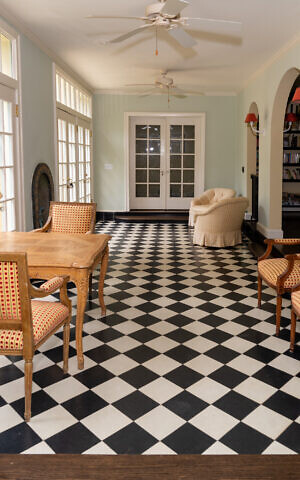
Jaffe: What are the end results?
Glezer: I’m all about finding just the right gem or stone. I work in gold, silver, and platinum, preferring mostly the latter. I work out my initial designs on Adobe Illustrator. I am into detail like this unique clasp that mimics a lock and key. I go to the Gem Show in Tucson to source a lot of my stones. I work with tourmaline, rhodolite, spinel, pearls — in odd shapes and colors, coral and oxidized silver to make linkable strands, pendants, earrings, bracelets, rings and chains. I do not set the stones here, however. I prefer 18- and 22-karat for gold. My incredible teacher was Hans Hoestebrock, a German master goldsmith. I also attended classes at San Francisco’s Revere Academy, and locally at Chastain and Spruill. I just crafted my daughter’s engagement ring. Imagine that!
Jaffe: Leave us with some tips for baking at home.
Glezer: I don’t use a bread making machine. It doesn’t do anything you can’t do easily by hand which is quicker and cleaner. Kneading is overrated. The best thing for beginning home bakers is a scale. Use the refrigerator as a tool. Refrigerate the dough at almost any point in the process. The extra fermentation improves flavor. No need to bring dough back to room temperature.
Record successes and failures. You learn nothing from success, and everyone will still love your failures. Worst case, the house will smell divine!



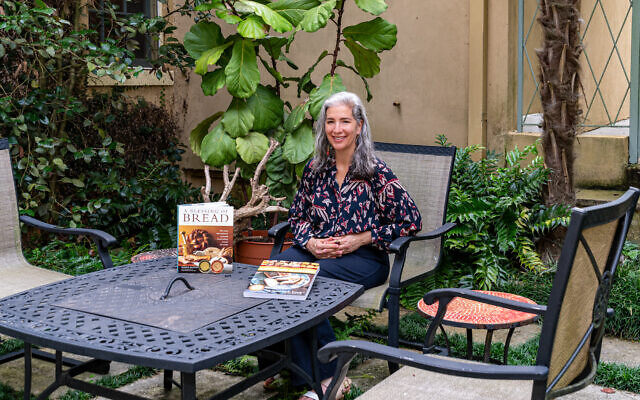
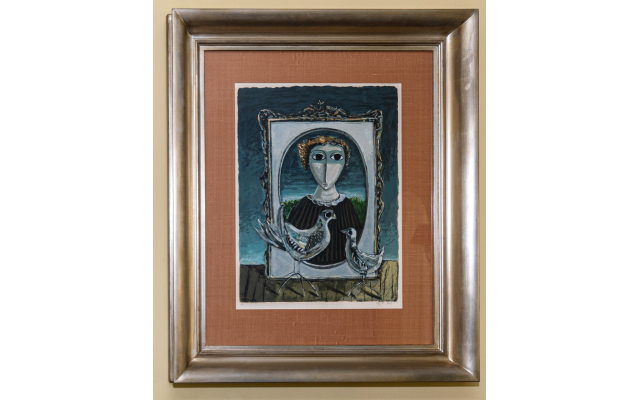
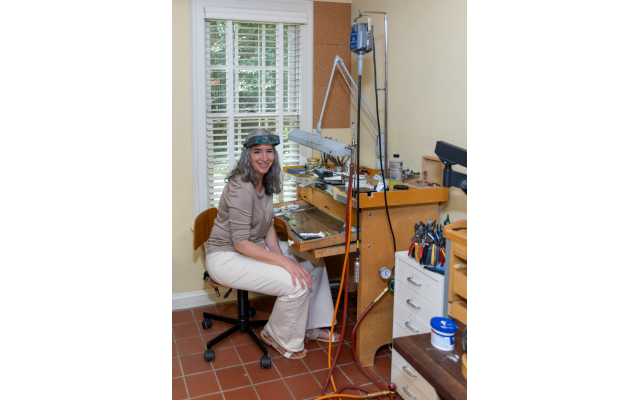
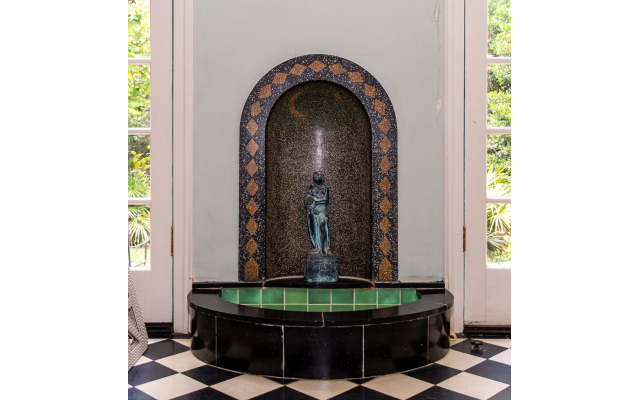
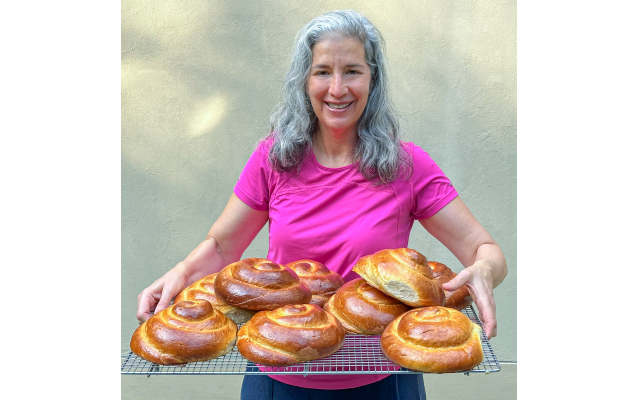
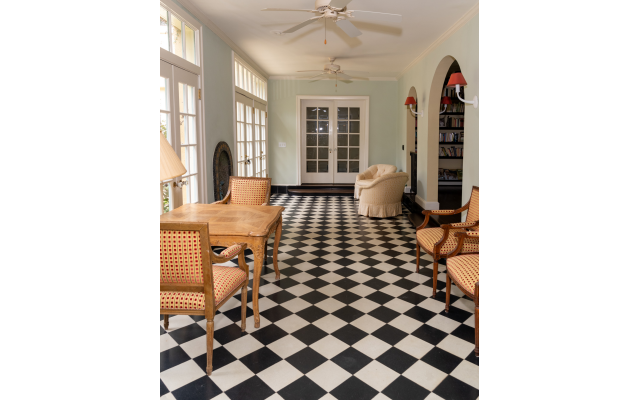
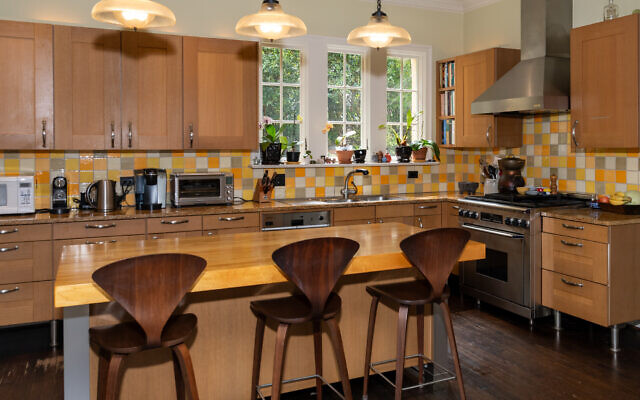
comments